10 Amazing Modern Societies You Won't Believe Are Real
Are they real?
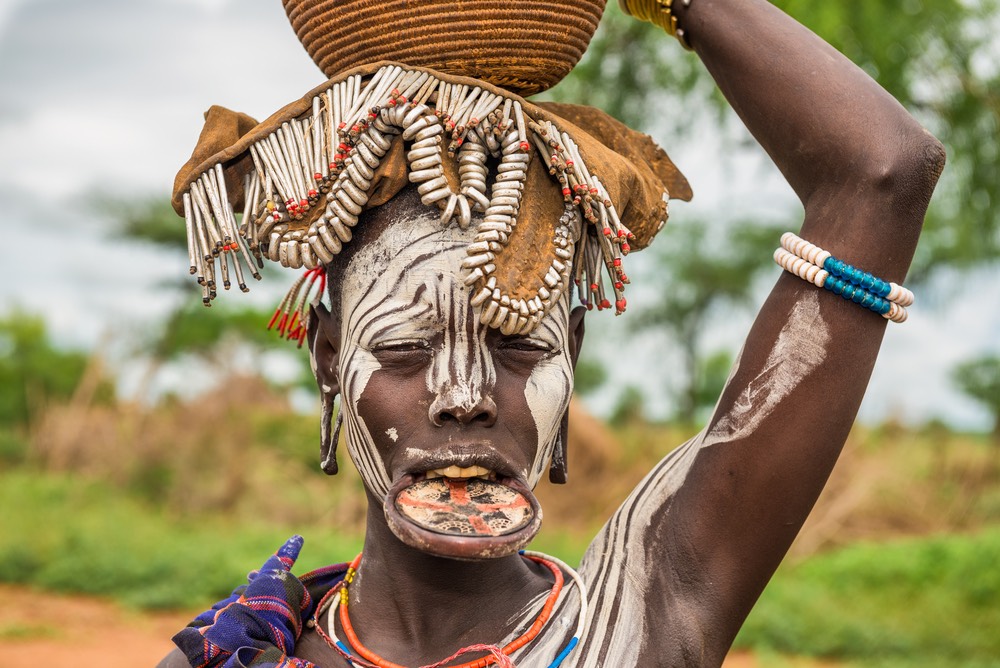
Any time you get more than a few people living together, you've got a society. For many of us, that may mean the familiar milieu of family units, local municipalities and national governments.
But there are many ways to organize a group, as the following societies show. Because of circumstance, tradition or other factors, some of these groups have self-organized in ways that might seem alien to those in the mainstream — cannibalism, underground mansions and wild tree-house dwellings are just some of the more notable features of these societies. Others have formed strikingly familiar community arrangements in extraordinary circumstances.
FIRST UP: A self-governing prison …
A tribe that lives in tree houses and practices cannibalism
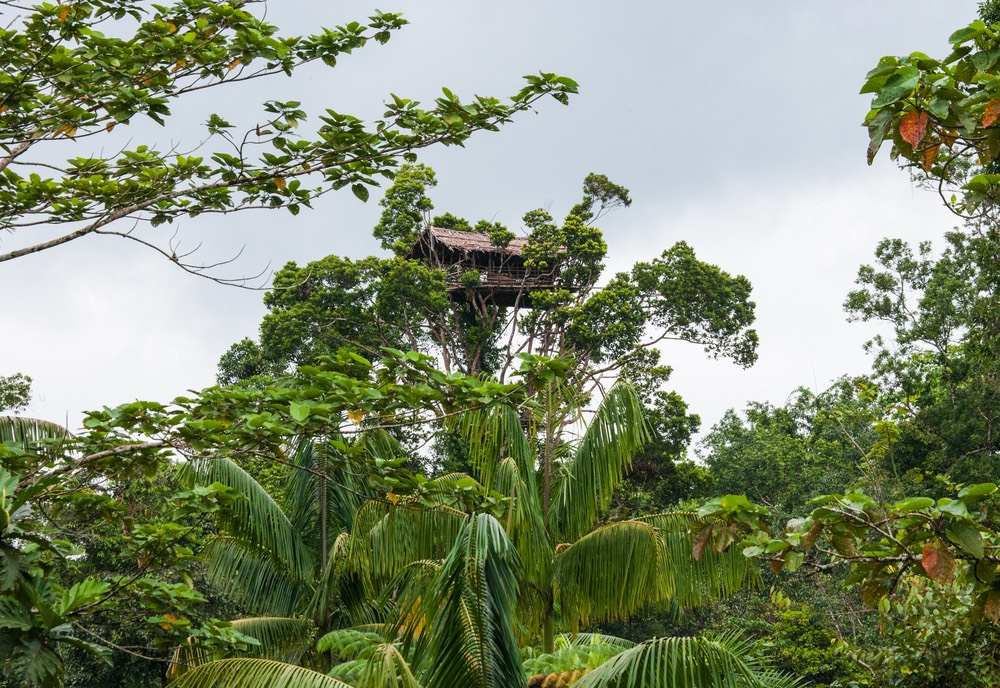
Say you're an isolated tribe known for building elaborate tree houses … and for cannibalism. And say a bunch of weird foreigners keep showing up at your doorstep, wanting to know about your crazy flesh-eating customs. Wouldn't you feel just the slightest temptation to exaggerate?
That may be what happened when a Korowai man from the Indonesian province of Papua told a reporter for the Australian version of TV program "60 Minutes" that his 6-year-old nephew was doomed to be cannibal chow if he didn't get any help. A rival "Today Tonight" (another Australian TV news program) crew staged an elaborate rescue but ended up stuck in Jayapura over the lack of a visa. Anthropologists were skeptical of the brouhaha, especially as the boy in question turned out to be from another local tribe, not the notorious Korowai. Plus, anthropologists say the Korowai gave up cannibalism decades ago. They've also learned what tourists like to hear.
"Most of these groups have 10 years' experience in feeding this [cannibal] stuff to tourists," Australian National University anthropologist Chris Ballard told The Sydney Morning Herald in 2006.
Cannibalism aside, the Korowai are famous for their tree-house dwellings, which are often built about 40 feet (12 m) above the ground. Every decade or so, clans of the Korowai would traditionally gather to build a longhouse for a feast with neighboring clans — a ritual of renewal.
Get the world’s most fascinating discoveries delivered straight to your inbox.
Self-government at San Pedro Prison
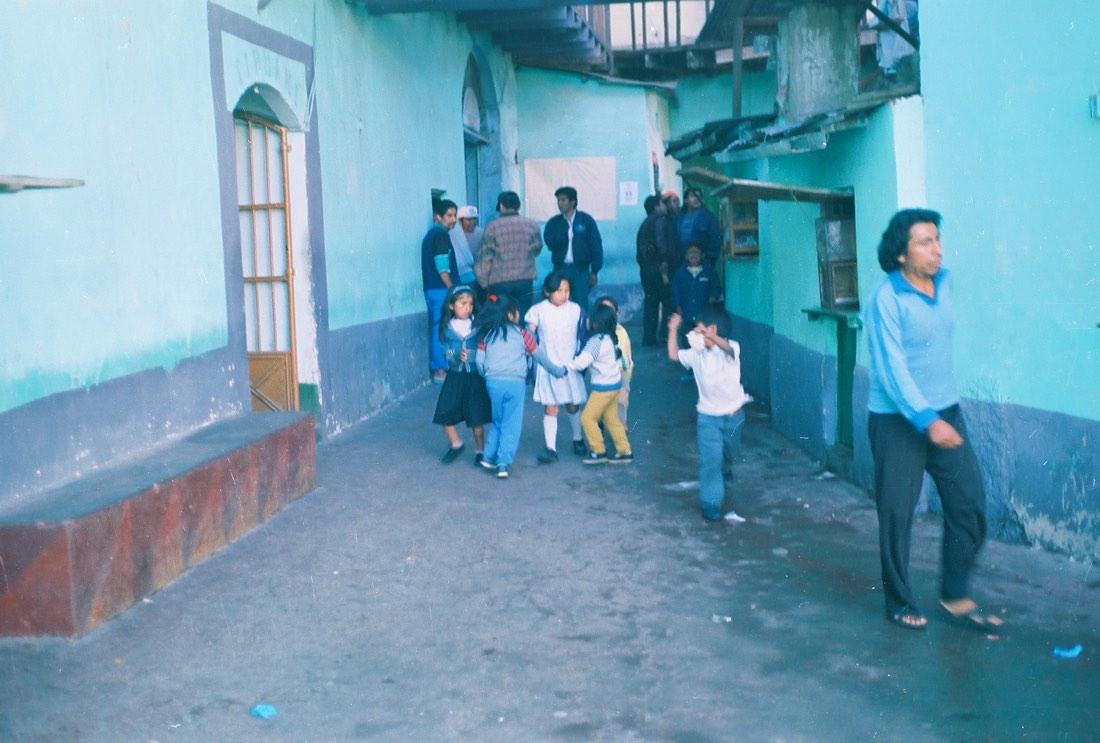
San Pedro Prison in La Paz, Bolivia, isn't an ordinary prison. It's more like a mini city, with a thriving drug trade, a real-estate business and, for many years, tourism. Children live there, raised by convicted parents and the innocent spouses who can't afford to raise them alone on the outside.
A 2003 ABC documentary on San Pedro revealed a world where drug kingpins get special self-financed build-outs in which to serve their sentences. According to the BBC, prisoners work to pay rent, creating a stratified society in which the wealthiest inmates have private bathrooms and kitchens, while the poorest are crammed into small cells or are forced to sleep outside. There are about 1,500 inmates in San Pedro. They self-govern through democratically elected representatives for each section of the complex. [Criminal Minds: A Psychiatrist's View from Inside Prison]
But this isn't a peaceful society. Stabbings are common, and ABC found smokable cocaine being produced, consumed and trafficked in and out of the prison gates. Tourists could long check out the prison for the cost of a small bribe. In 2013, Bolivian officials announced the imminent closure of San Pedro after the alleged rape of a child inside; the event seems to have ended the practice of tourism at the prison, but San Pedro otherwise remains open for business.
UP NEXT: Digging underground
An opal-mining underground town in Australia

The town of Coober Pedy in southern Australia (population: approximately 1,700) is hot. Very hot. The record high temperature in January (summer in the Southern Hemisphere) is 116.8 degrees Fahrenheit (47.1 degrees Celsius). Because of this desert climate, more than half of the town's residents live underground.
Coober Pedy is an opal-mining town, so perhaps it's fitting that residents dug to beat the heat. The dugout homes of Coober Pedy aren't mole-people affairs, either. According to the town's website, some are positively mansion-like, with square footages of more than 4,800 square feet (450 square meters). Underground, the temperature stays a comfortable 77 degrees F (25 degrees C), no matter how the sun blazes above.
UP NEXT: Where walking marriages are a thing
Tiny island in the middle of the Bering Strait
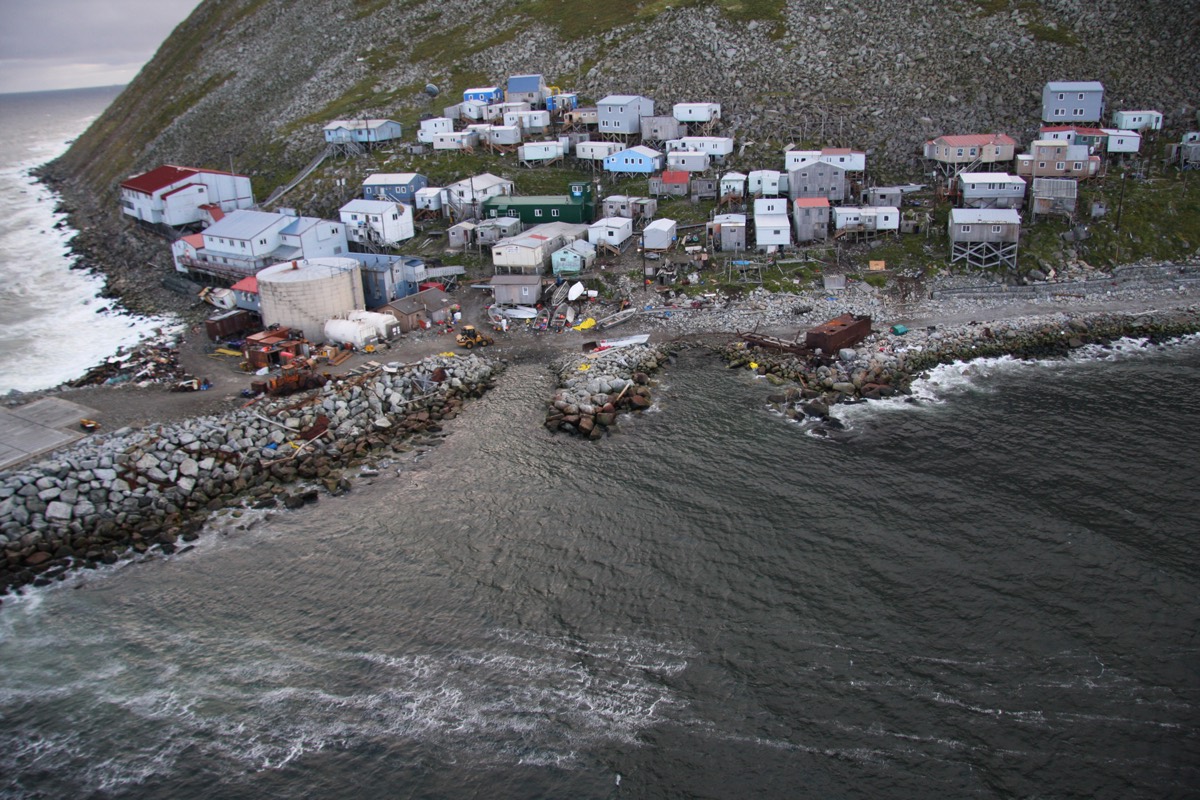
Little Diomede Island redefines isolation in a state sprinkled with communities that can be reached only by bush plane. The island, also known as Ignaluk, is smack-dab in the middle of the Bering Strait. It's part of Alaska, but its closest neighbor, Big Diomede Island, is part of Russia.
The 2.8-square-mile (7.3 square kilometers) island is home to about 70 people, according to the local school district's website. In 2012, the island got its first regularly scheduled helicopter service to the mainland (prior transportation had depended on mail-delivery flights, according to Alaska Dispatch News). This service isn't a panacea, though. In 2015, helicopter maintenance and bad weather cut the island off for several weeks in winter. The islanders shared dwindling food and supplies until transport was re-established.
UP NEXT: Living on "Mars"
The walking marriages of the Mosuo

A unique family structure has emerged around Lugu Lake, a Himalayan jewel between China's Yunnan and Sichuan provinces. The local Mosuo culture is famous for its "walking marriages," in which women invite men to stay the night, but couples don't live together. Mosuo culture is often misconstrued as polygamous, but although women can change partners, they more often engage in serial monogamy or stay with the same man for life, according to the Mosuo Project, a local cultural development association. Women stay in the home of their family of origin, and their children are raised by the maternal line. Men don't have many responsibilities for their own children, but they do help care for the kids of their own female relatives. [10 Wedding Traditions from Around the World]
UP NEXT: A tribe with no outside ties
The most isolated island in the world
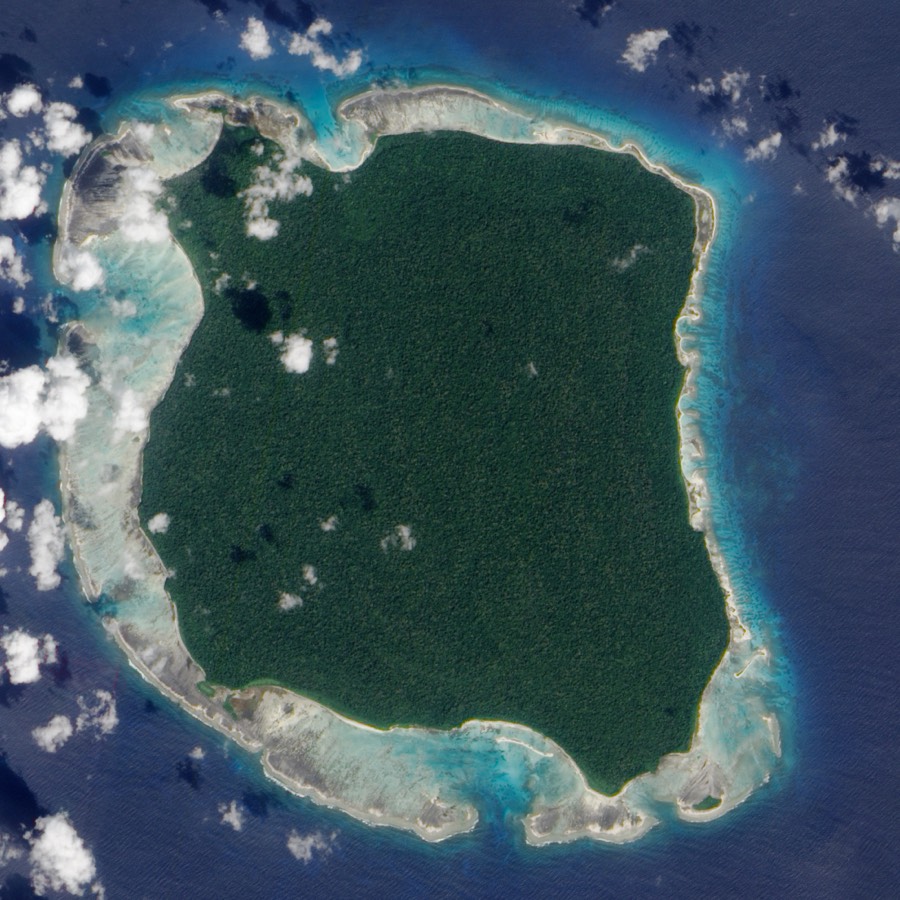
North Sentinel Island, an Indian territory the size of Manhattan, is home to the Sentinelese, a group mostly uncontacted in the modern era. Survival International calls the Sentinelese perhaps the most genuinely isolated tribe on Earth.
Unlike the Mashco-Piro, the Sentinelese haven't fled previous contact; they've resisted it for all of modern history. In fact, according to Survival International, their language is so different from that of neighboring islanders that the Sentinelese have probably been avoiding contact with outsiders for thousands of years.
Anthropological expeditions to North Sentinel Island throughout the 1960s and 1970s failed to convince the inhabitants that contact was in their best interest; intruders were often shot with bows and arrows. While there have been isolated instances of contact since, the Indian government has largely left the Sentinelese alone in recent years. After the massive tsunami of December 2004, it was thought that the entire tribe had perished, according to "The Lonely Islands," (Andaman Association, 1998) a book on the Andaman Islands, of which North Sentintel Island is one. But a helicopter sent by Indian authorities to check on the tribe three days after the disaster was met by defiant figures on the beach, throwing rocks and shooting arrows. No one knows if any Sentinelese died that day or how the tribe survived.
UP NEXT: Meet a few brave and chilly souls.
The uncontacted Mashco-Piro

In the Amazon of Peru and Brazil live uncontacted peoples who live as hunter-gatherers with little to no interaction with outsiders. It's not that these groups, such as Peru's Mashco-Piro, don't know about modern life; it's that they've been treated badly by it. Many are descendants of ancestors who ran from slavers during the region's rubber boom, according to Survival International, a global advocacy organization for tribal people. In the modern era, contact with outsiders has often ended horribly, as uncontacted people lack immunity to common diseases. An expedition by the oil company Shell accidentally contacted the Nahua tribe in the 1980s, introducing disease that killed half the tribe in the next few years, according to Survival International. [The Awa: Faces of a Threatened Tribe]
The Mashco-Piro of Peru hunt in the forests during the wet season, catching deer, tapir and monkey, and gathering berries, nuts and plantains. In the dry season, they camp along riverbanks, fishing and feasting on eggs laid by river turtles in the sandy banks. Recently, the group has started to make contact with locals. Some of this contact is peaceful, and sometimes, it consists of violent raids, including one that led to the death of a 22-year-old villager in May 2015.
UP NEXT: Earth's most isolated island
A culture that wears its scars

The Surma people — made of the culturally similar Mursi, Me'en and Suri tribes in South Sudan and Ethiopia — are best known to outsiders for their unique approach to ornamentation. Traditionally, girls have their lips pierced at puberty and gradually stretch the hole with pottery plates that can reach nearly 5 inches (12 centimeters) in diameter.
According to the University of Oxford, donning this decoration is similar to wearing high heels. A signal of adulthood, the ornamentation alters women's gait to include a graceful, high-chinned head sway, according to anthropologist Shauna LaTosky. The lip plates are a sign of formality, according to LaTosky; women who neglect to wear them might be seen as lazy or sloppy (though many older married women rarely wear their lip plates).
There's more to the Surma than lip plates, though. There are fewer than 200,000 people split among the three tribes, all of which have a pastoral lifestyle. Cattle are a currency, making up dowries for marriage. Surma people also decorate themselves with body paint and scarification, in which they make small decorative cuts to form scarred designs on their skin. Men show off their prowess through donga, or pole fighting, while women compete in ula, or bracelet fights, in which they attempt to strike one another with iron bracelets worn on the wrists, according to the University of Oxford.
UP NEXT: Island of 70 people
The 17-month, 6-person society
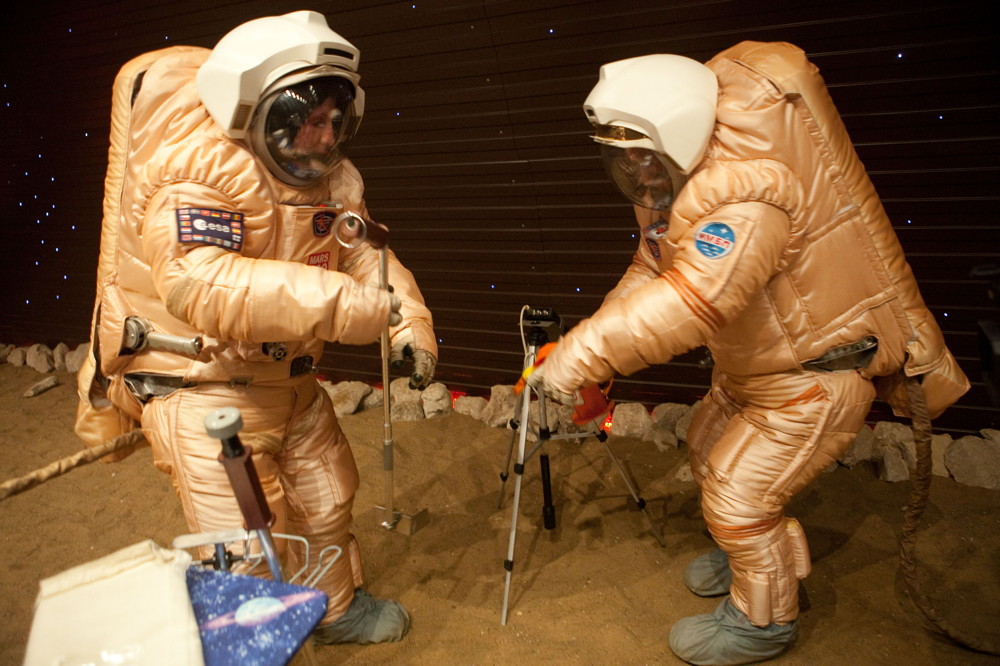
From June 2010 to November 2011, six men from France, Russia, Italy and China came together to form a temporary — and very isolated — society in a 5,920-square-foot (550 square meters) module.
It was the Mars500 mission in Moscow, a simulation of what it would be like for a crew of astronauts to travel to Mars and back. The goal was to study the mental and physical health of the six crewmembers, including whether the close quarters and isolation would lead to intractable conflict.
According to the agencies that ran the simulation, this six-man, cross-cultural society did remarkably well in getting along. They watched films together in their downtime and celebrated holidays, much like overwintering Antarctic staff. A 2014 report found that the crew was five times more likely to fight with mission control than with one another.
Researchers did find, however, that the crewmembers moved less and less as the experiment dragged on, and four out of six experienced sleep disturbances (a common issue for astronauts who aren't exposed to daily cycles of light and dark). One crewmember reported depressive symptoms over much of the 520-day simulation.
A more recent mock Mars mission wrapped up in August 2016, after six crewmembers spent a year living in an isolated habitat on Mauna Loa, Hawaii.
UP NEXT: Cannibals who live in wild tree houses
Antarctica in winter

It's a temporary society of sorts: the few brave souls who spend the winter on the frigid southernmost continent. It's dark — the sun doesn't get above the horizon for months — and cold and incredibly isolated. The distance to another spit of land is so large, and the danger of flight is so severe, that staff members stuck at the station have resorted to treating their own cancer. A successful rescue mission to the U.S. Amundsen-Scott South Pole Station in June 2016 was international news. Scientists use overwintering staff as guinea pigs approximating astronauts on long-haul space flights.
The experience of overwintering depends on where it's done. McMurdo Station, for example, often has more than 100 technicians and staff members on-site over the winter, while smaller bases may have just a dozen.
To get by, Antarctic winter residents look forward to small joys, like the celebration of Midwinter's Day. In 2013, British Antarctic Survey staff started their Midwinter's Day with a viewing of the sci-fi horror film "The Thing" and then moved on to a feast of quesadillas and shrimp. Staff members make gifts by hand for one another, learning crafty skills such as carpentry to do so.
"You can't go shop and buy anything, so you put in a lot of effort and time," said Andy Barker, an employee at the air unit at the British Antarctic Survey headquarters in Cambridge who had spent three winters in Antarctica, told Live Science in 2013.
UP NEXT: Women wear discs in their lips rather than high heels.

Stephanie Pappas is a contributing writer for Live Science, covering topics ranging from geoscience to archaeology to the human brain and behavior. She was previously a senior writer for Live Science but is now a freelancer based in Denver, Colorado, and regularly contributes to Scientific American and The Monitor, the monthly magazine of the American Psychological Association. Stephanie received a bachelor's degree in psychology from the University of South Carolina and a graduate certificate in science communication from the University of California, Santa Cruz.


